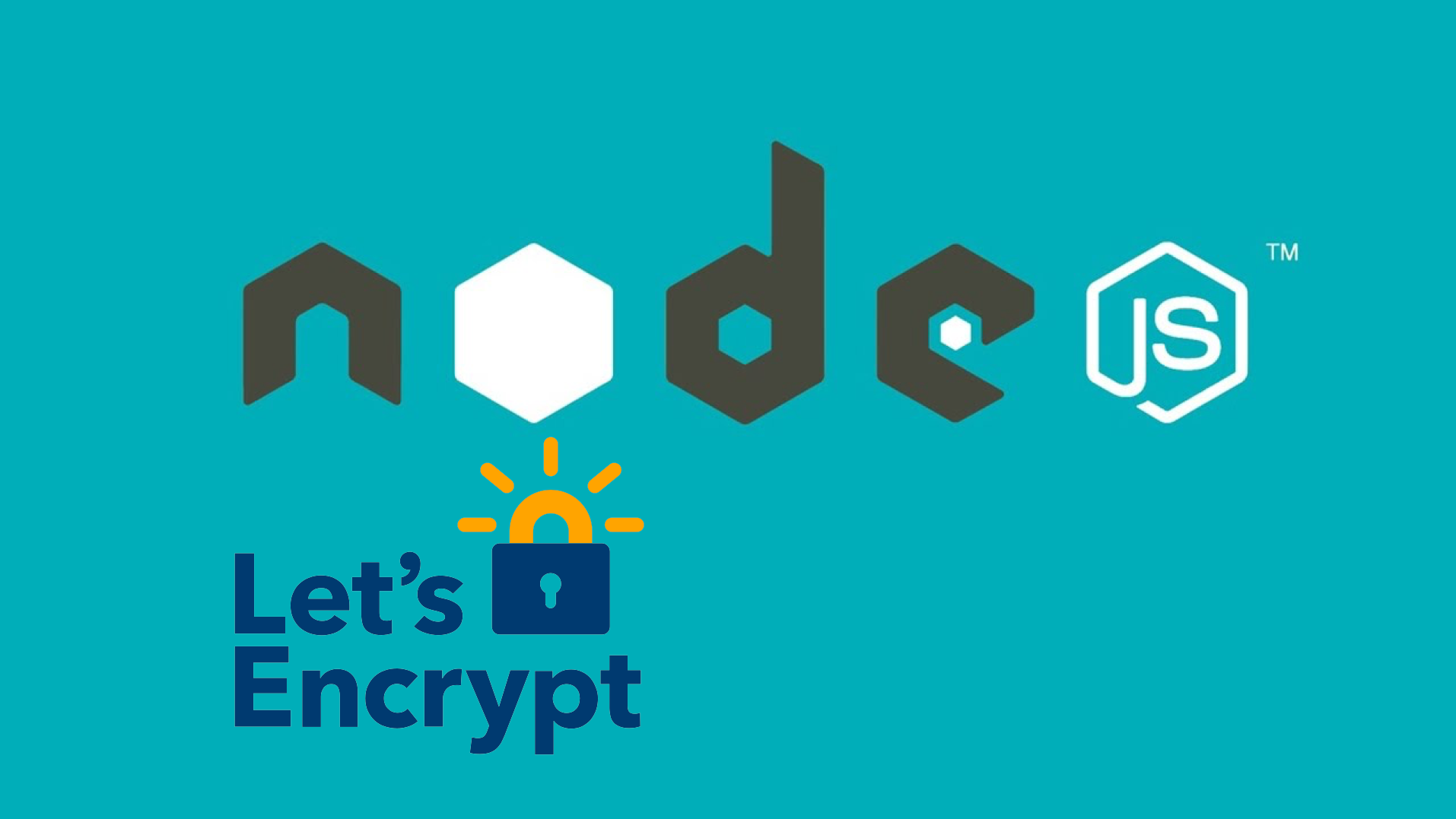-
5 Most useful ES6+ Features
In this post, I am going to share with you Javascript ES6+ features that I find the most useful: For…of Loop Arrow Functions Async and Await Template literals Destructing For…of Loop Before either we had to write a full for loop or call the forEach function on the array to iterate over its item. Previously we […]
-
Embedding Rocket Chat using iFrame Auth
Recently I was working on a project where I had to embed Rocket.chat on a website, and when the user login to the website, they will also get automatically logged-into Rocket.chat The following steps have to be performed: Check if the user exists in Rocket.chat If the user exists then login user If the user […]
-

How to setup multi-domain SSL in Node.JS using letsencrypt-express/greenlock-express
Updated (14/June/2019) Updated (22/June/2018): Support for Let’s Encrypt v2 I have updated the code snippet below to include the support for Let’s Encrypt v2 in the snippet below: /** * Setting up https */ var lex = require(‘greenlock-express’).create({ server: ‘https://acme-v02.api.letsencrypt.org/directory’, // Let’s Encrypt v2 is ACME draft 11 version: ‘draft-11’, challenges: { ‘http-01’: require(‘le-challenge-fs’).create({ webrootPath: […]
-

How to Setup WordPress blog with static homepage (Updated for 2017)
In the blog post, I will guide you through the process of setting up a static homepage for your WordPress blog when using the default TwentySeventeen theme. The process of setting up a static homepage for your blog is straightforward. follow the steps below to make it happen: Step 1: Upload your static homepage The first […]
-
DeadSimpleScreenSharing 2: Open source browser based self-hosted screen sharing
This blog post is about a project that I have built, which is called DeadSimpleScreenSharing 2, which the next version of DeadSimpleScreenSharing, and it is much better and faster than the previous version. It offers audio conference out of the box and supports sharing your screen with any number of users just by sharing a […]
-
Using Postgres with Parse Backend
Facebook killed parse last year, but thankfully they Open-Source the parse backend. Initially, the Parse Backend only supported MongoDB database, but later support for Postgres has been added by the contributor from the community. So using Postgres with Parse Backend is really quite simple, you just have to install the latest version of Parse Backend, […]
-
How to get customers for your startup- A comprehensive guide.
Marketing and selling products and services for your newly created startup can be a difficult preposition. But, it can easily be done if we think about it logically. Let’s Start:- For the sake of understanding, let’s assume we have a SaaS (Software as a Service) startup. We sell something that helps early stage entrepreneurs build […]
-
Mixpanel Tracking in AngularJS
For my recent angularJS application, I needed to integrate Mixpanel. I didn’t found any light-weight directives which I could include in the application that would allow me to easily track events using Mixpanel in the application, so I built Mixular. Mixualr is a lightweight angularJS directive which you can use to track events in your […]
-
Introduction to SalisJS
I was looking for a Node.JS web framework for my project, and in my quest for finding the best framework, I stumbled across Sails.JS, and I have been using it for a few months now and it is pretty awesome at most of the part, so if you need something like Rails for Node.js, Sails […]
-
Better API documentations
It is a tedious job to write api documentations, and we have been using word documents and excel spreadsheets to create api documents. But they are difficult to follow and search though, what if there was an easier and cleaner way to create API documents? When I started working on my latest project I was […]